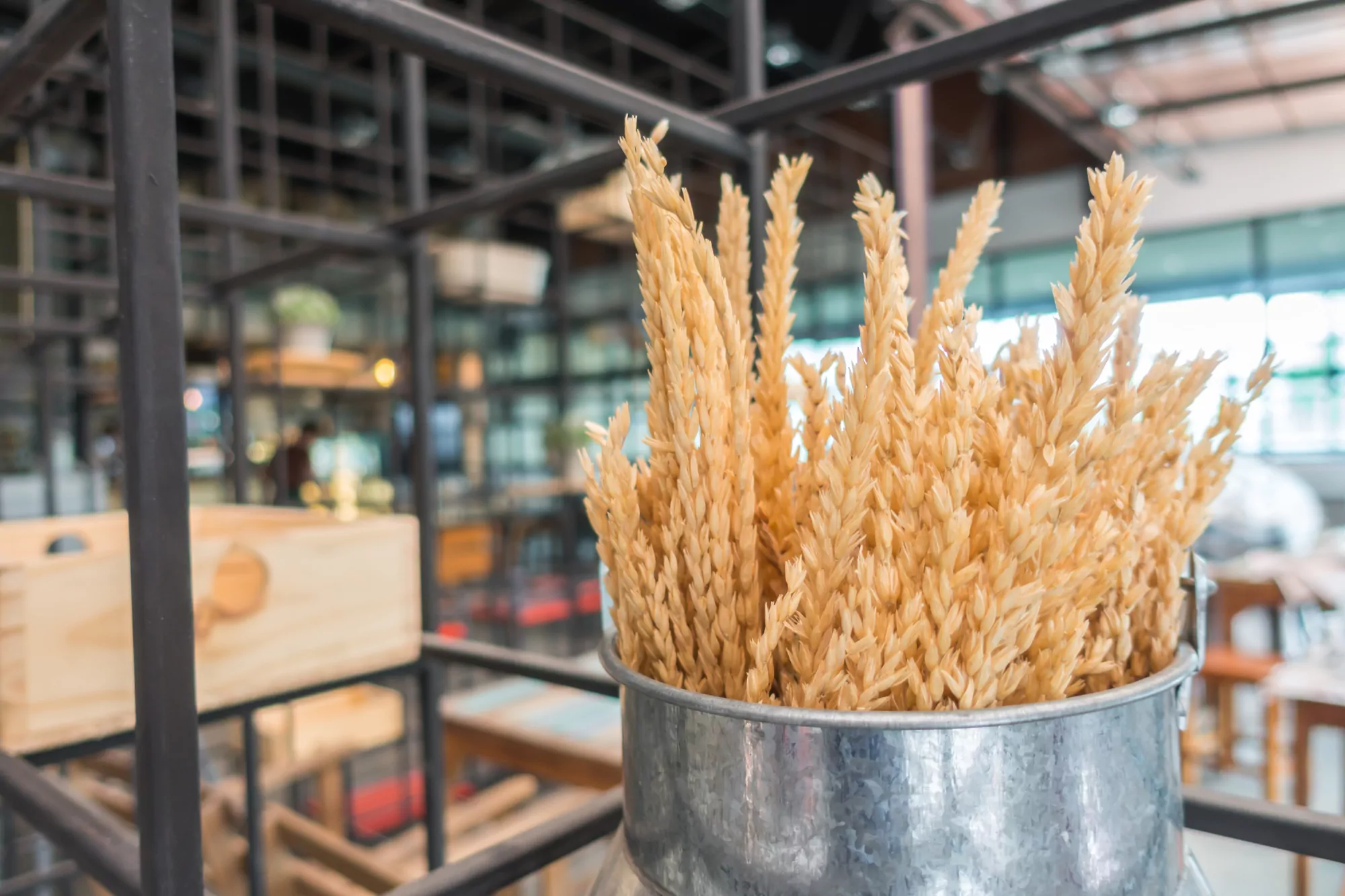Abstract
A recent study published in the journal ‘Carbohydrate Polymers’ has underscored the significant potential for wheat bran, frequently seen as a mere by-product, to be transformed into a valuable nutritional component. By employing various chemical, thermal, and enzymatic treatments, scientists aimed to enhance the solubility of its non-starch polysaccharides (NSPs), thereby augmenting both its functional features and its health-boosting properties. The research team’s comprehensive analysis evaluated the yield, molecular make-up, and functional properties of wheat bran, revealing particularly promising results for alkaline and acidic extractions. Such processing methodologies may comport a wealth of upsides, including increased β-glucan content and the release of arabinoxylans, which potentially augment the prebiotic prowess of this underutilized resource.
Wheat bran, long consigned largely to the realm of animal feed, might just be one of the food industry’s most underutilized treasures. According to groundbreaking research by scientists from both Brazil and Argentina, led by Candela Paesani of the University of São Paulo and ICYTA, strategic processing of wheat bran could significantly elevate its status from a low-cost by-product to a nutritional powerhouse featuring enhanced technological properties and valuable health benefits.
Let us delve into the multi-dimensional study published in the ‘Carbohydrate Polymers’ journal. DOI: 10.1016/j.carbpol.2023.121747 is a testament to the meticulous effort aimed at unlocking the full potential of non-starch polysaccharides (NSPs) found in wheat bran.
Unveiling the Potential of Wheat Bran
Up until now, wheat bran’s tough structure and low solubility in water have impeded its application in human nutrition despite its rich nutrient profile. However, this latest study conducted by Paesani et al. comes as a beacon of hope for changing this narrative. The team focused on altering the chemical structure of wheat bran through myriad processes such as chemical modifications under aqueous environments, alkaline conditions, acid pretreatments, and oxidizing settings.
Novel Processing Techniques Yielding Results
One of the principal aims was to enhance the solubility of NSPs, specifically β-glucans and arabinoxylans, which play significant roles in human health due to their prebiotic activities. Notably, every soluble polysaccharide fraction (SPF) cultivated through these processing methods saw a drop in molecular weight, with most settling below 25KDa — a crucial finding for enhancing solubility and functionality.
Alkaline and acidic treatments bore the most fruit, raising β-glucan content and arabinoxylans solubilization compared to the untreated control. This dimensional shift in NSP characterization is pivotal, bearing in mind the heightened interest in prebiotics and dietary fibers in contemporary nutrition science.
Functional Properties & Technological Implications
With enhanced soluble fiber comes a burgeoning portfolio of functional properties. The treated wheat bran showcased increased solubility, reduced foaming propensity, and moderated water absorption characteristics, which are favorable attributes for various industrial applications. These modifications suggest that processed wheat bran could function as a versatile ingredient, with opportunities ranging from thickening agents and stabilizers to being an intrinsic part of health-oriented food products.
Prebiotic Potential Unleashed
Amidst a health-conscious consumer base, prebiotics has ascended in popularity, crediting their symbiotic relationships with beneficial gut microorganisms. The study’s revelation that the alkaline extraction method notably boosted the prebiotic effect is particularly stirring. Most of the samples exhibited positive relative growth and a generous prebiotic activity index for ‘Lactobacillus’ and ‘Bifidobacterium’, two crucial genera in the human microbiome.
Study Contributions and Future Directions
This research journey has profound implications for both the advancement of human nutrition and the sustainable usage of agricultural by-products. The collaborative pursuit undertaken by scholars at the University of São Paulo and ICYTA in Córdoba reinforces the prevalent academic consensus that wheat bran deserves a more esteemed place in our dietary repertoire.
Keywords
1. Wheat Bran Processing
2. Non-Starch Polysaccharides
3. β-Glucan Benefits
4. Prebiotic Dietary Fiber
5. Sustainable Food Innovation
References
1. Paesani, C., Lammers, T. C. G. L., Sciarini, L. S., Moiraghi, M., Pérez, G. T., & Fabi, J. P. (2024). Effect of chemical, thermal, and enzymatic processing of wheat bran on the solubilization, technological and biological properties of non-starch polysaccharides. Carbohydrate Polymers, 328, 121747. https://doi.org/10.1016/j.carbpol.2023.121747
2. Association of Official Analytical Chemists (AOAC). (2016). Official Methods of Analysis (20th ed.). Gaithersburg, MD: AOAC International. [Standard reference for the analysis of dietary fibers]
3. Gibson, G. R., & Roberfroid, M. B. (1995). Dietary modulation of the human colonic microbiota: Introducing the concept of prebiotics. Journal of Nutrition, 125(6), 1401-1412.
4. Mandels, M., Andreotti, R., & Roche, C. (1976). Measurement of saccharifying cellulase. Biotechnology and Bioengineering Symposium, 6, 21-33.
5. McCleary, B. V., & Glennie-Holmes, M. (1985). Enzymic quantification of (1→3)(1→4)-β-D-glucan in barley and malt. Journal of the Institute of Brewing, 91(5), 285-295.
Declaration of Competing Interest
The authors declare that they have no known competing financial interests or personal relationships that could have appeared to influence the work reported in this paper.
Copyright © 2023 Elsevier Ltd. All rights reserved.
From nutritional upgrades to sustainable food practices, the implications of this research are clear – with the right processing methods, a mundane by-product like wheat bran could very well become a vehicle for both nutritional enrichment and environmental sustainability in the food industry.
